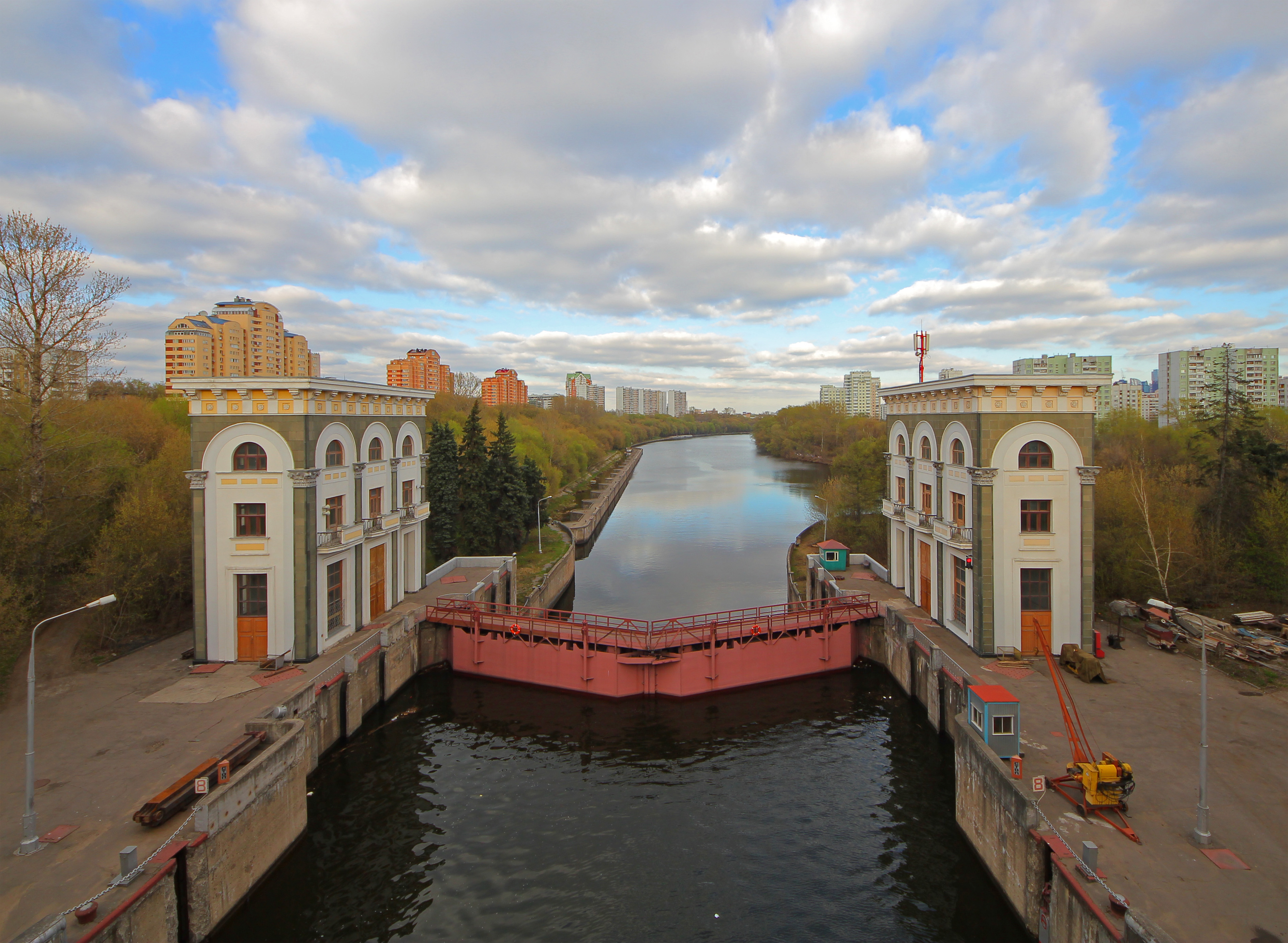Submitted by WA Contents
Andrei Gnezdilov:We want to see the Moscow River with new eyes
United Kingdom Architecture News - Nov 07, 2014 - 14:22 4601 views

Already in mid-December, the winner of the competition on the development concept of Moscow River’s coastal areas will be announced. On what the organizers are expecting from the results of the contest, Archcouncil talked with the chief architect of the Institute of the General Plan of Moscow, and a member of the Architectural Council, Andrei Gnezdilov.
Talking about the competition on the Moscow River, everyone at once remembers history: last time the shore was radically remodeled as part of the 1935 General Plan. What are the similarities and differences between these two projects? What was the primary goal then and now?
The reconstruction in 1935 and the current competition are two completely different things, and I’m totally against such analogies. Yes, we are dealing with the same geographical feature — the Moscow River, but the parallels end there. At that time in front of city planners stood a strategic engineering task — to create a united water transport system in the European territory of the Soviet Union in order to move loads on it and transport passengers. Today there is no engineering task before us, and the goal is to make a favorable urban environment.


Out of what was planned in 1935, what has been implemented and what has not?
The idea then was to create a direct transport link along a river that has many curves. Therefore a straightening channel of canals and dams, which raised the water level, and gateways were built. The project was not implemented all the way, so some of the channels that were conceived did not appear. But most of the work was done. For example, Karamyshevskaya dam was constructed and Perervenskaya and Besedinskaya dams were reconstructed, in stages raised the water level, built the Khimkinskoye Reservoir, and much more. All of these actions to raise the water level and create local reservoirs led to regular shipping along the Moscow River. Before that, this was only possible for vessels with a draft of less than a meter.
But all of this bypassed the center. But in fact at this time the river changed in the center too, embankments materialized.
Yes, the idea was just to launch water transport, bypassing the city center. And the reconstruction of the central embankments was associated with the rise of the water level. If a high granite shore did not appear in Moscow, then the water would have just flooded the built-up environment. Along these embankments clad in granite roadways were laid, which was quite logical. This improved the city’s transportation system.....Continue Reading
> via archsovet.msk.ru
